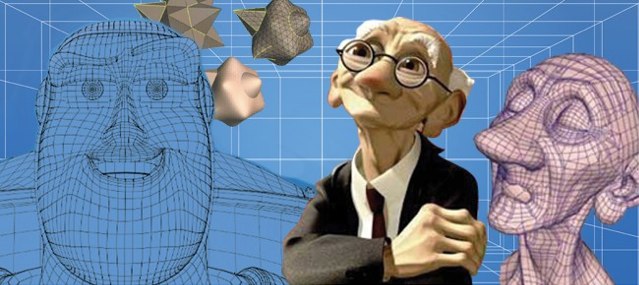Who’s your favorite Pixar character? Old reliable Woody, charmingly forgetful Dory or maybe the fierce Merida from Brave? No matter who your favorite childhood hero or heroin is, all pixar characters are brought to life using the same basic tools: creativity, of course, and a whole lot of maths.
In his new and insightful TED-Ed talk, Pixar animator Tony DeRose explains how each character is brought to life using a series of basic mathematical functions. Arithmetic, geometry and trigonometry in particular play a huge part in characters’ movements and physical appearance on screen, with functions such as translation, rotation and scaling used every day in the Pixar studios.
As Tony explains, one of the most-used techniques to create the smooth and detailed appearances of hands and faces uses geometry. Starting with a four-point polygon, the animators find the mid point of each line then split and average these points to gradually create a smooth outline. The animators then subdivide the entire surface, giving the character’s skin a realistic appearance. Using this method, the animators can make a realistic 3D object beginning from a few straight lines. The object is then animated by simply manipulating the first four original points of the polygon. And, as Tony proclaims, “You now know enough to work at Pixar.”

Animators apply the split and average function to the car, then subdivide to make the body smooth and defined. Image via fxguide.com
“Artists and designers think in terms of shapes and images,” says Tony, “but computers think in terms of numbers and equations.” Coordinate geometry is one way to bridge that divide, using mathematic equations to bring the artists’ creations to life. Subdivision is particularly important to animation as it smooths out harsher facets and creates the soft surfaces seen in movie theaters – and it is also a process largely pioneered by Pixar animators.
“A lot of mathematics has been figured out, but the truth is new mathematics is being created all the time. And some of it is being created at Pixar,” he says.
Watch the TED-Ed talk now for a highly entertaining and educational seven minutes, with wonderful demonstrations on how even the most basic arithmetic is used by animators on a daily basis. You can read more about Tony DeRose and the animations process here.





